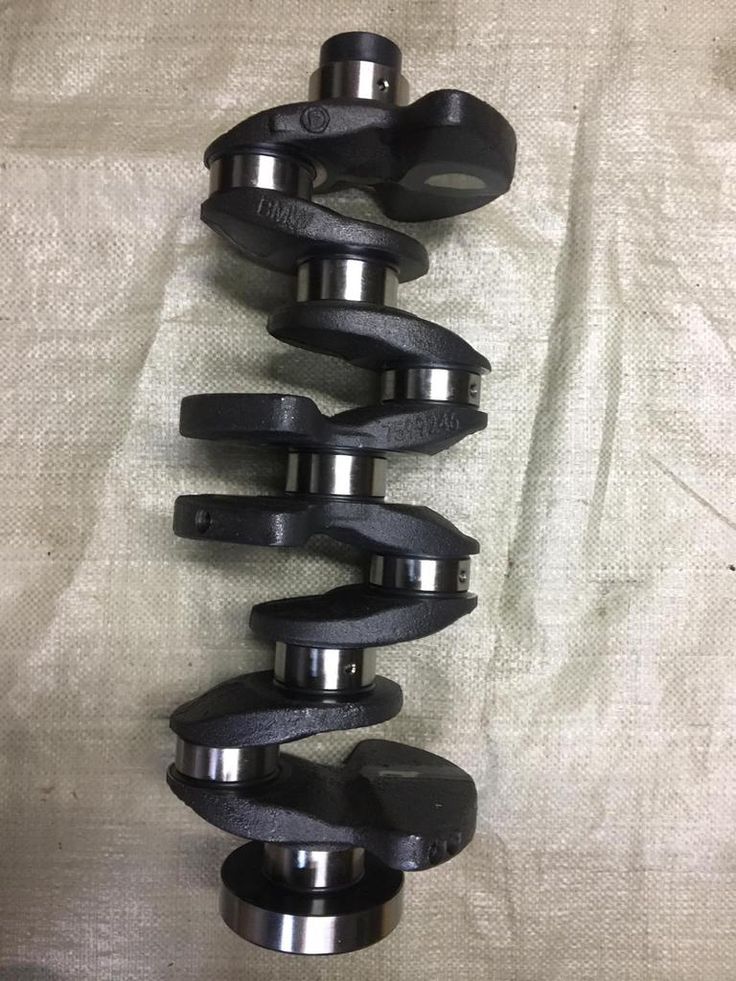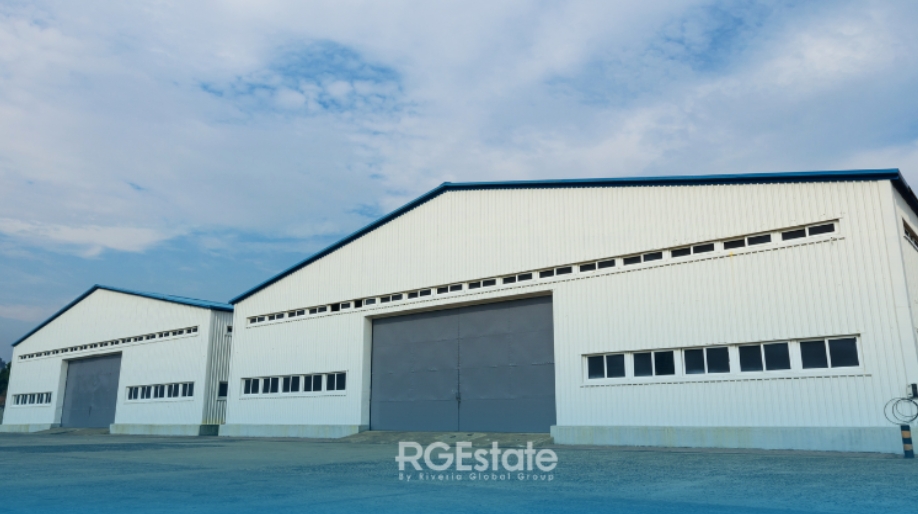Exploring the Mechanics of the Crankshaft: A Vital Component in Engine Design

In the intricate world of engine design, where every part plays a crucial role in the smooth operation of the machinery, the crankshaft stands as a fundamental pillar. This robust, yet finely tuned component, often overlooked by the untrained eye, serves as the backbone of internal combustion engines, converting the linear motion of pistons into rotational motion. The significance of the crankshaft extends beyond mere mechanical functionality; it embodies the essence of engineering ingenuity and precision.
Anatomy of a Crankshaft: Understanding its Structure and Function
At its core, the crankshaft is a shaft with a series of cranks, or “throws,” offset from one another, resembling a twisted metal rod with various bends and curves. These cranks are strategically positioned along the length of the shaft to synchronize with the reciprocating motion of the pistons. The primary function of the crankshaft is to convert the up-and-down motion of the pistons into rotational motion, which ultimately drives the wheels of a vehicle or powers machinery.
Material Matters: The Importance of Material Selection in Crankshaft Manufacturing
The performance and durability of a crankshaft heavily depend on the material from which it is crafted. Historically, crankshafts were predominantly made from cast iron due to its strength and affordability. However, modern engineering has ushered in a new era of materials, with forged steel and even lightweight alloys such as aluminum gaining prominence. Each material offers its own set of advantages and limitations, influencing factors such as weight, strength, and cost.
Forged vs. Cast: Debunking the Debate Surrounding Crankshaft Manufacturing Methods
The age-old debate between forged and cast crankshafts continues to linger within engineering circles, with proponents on both sides advocating for their preferred method. Forged crankshafts are meticulously crafted through a process of heating and shaping solid blocks of metal, resulting in superior strength and resilience. On the other hand, cast crankshafts are formed by pouring molten metal into molds, offering cost-effectiveness and versatility. The choice between forged and cast ultimately boils down to the specific requirements of the engine and the intended application.
Balancing Act: Achieving Harmonic Equilibrium in Crankshaft Design
One of the greatest challenges in crankshaft design lies in achieving harmonic balance, ensuring smooth and vibration-free operation. As the engine revs up, the forces acting upon the crankshaft intensify, leading to potential vibrations and oscillations that can compromise performance and longevity. Engineers employ various techniques such as counterweights and precision machining to mitigate these effects, meticulously calibrating every aspect of the crankshaft to achieve harmonic equilibrium.
The Evolution of Crankshaft Design: From Classic Engines to High-Performance Powertrains
Over the decades, the design of crankshafts has undergone a profound evolution, mirroring advancements in engineering and manufacturing technologies. From the robust simplicity of early cast iron crankshafts to the intricately engineered forged steel counterparts found in high-performance engines, the trajectory of innovation has been relentless. Today, state-of-the-art materials, computer-aided design (CAD) software, and advanced machining processes enable the creation of crankshafts that push the boundaries of performance and efficiency.
The Heart of the Engine: Exploring Crankshaft Dynamics and Performance Metrics
Within the realm of engine dynamics, the crankshaft serves as the beating heart, dictating the rhythm and pace of operation. Engineers meticulously analyze various performance metrics such as torsional stiffness, rotational inertia, and bearing load distribution to optimize the design and functionality of the crankshaft. Through computational modeling and real-world testing, they strive to strike the delicate balance between power output, efficiency, and reliability.
Crankshaft Manufacturing Techniques: From Traditional Methods to Cutting-Edge Technologies
The art of crafting a crankshaft requires a delicate interplay of traditional craftsmanship and modern manufacturing technologies. While traditional methods such as forging and casting remain prevalent, advancements in machining, heat treatment, and surface finishing have revolutionized the manufacturing process. Computer Numerical Control (CNC) machining centers equipped with multi-axis capabilities allow for unparalleled precision and consistency, ensuring that each crankshaft meets exacting standards of quality and performance.
The Role of Crankshaft Balancing in Engine Smoothness and Longevity
Crankshaft balancing is a critical aspect of engine assembly, influencing not only smoothness of operation but also the longevity of engine components. Imbalances in the crankshaft can lead to excessive vibration, which not only compromises driving comfort but also accelerates wear and tear on bearings, pistons, and connecting rods. Through meticulous measurement and adjustment of counterweights, engineers strive to achieve optimal balance, maximizing both performance and durability.
The Influence of Engine Configuration on Crankshaft Design
The design of a crankshaft is intricately linked to the configuration of the engine it serves, with factors such as cylinder arrangement, firing order, and displacement playing a pivotal role. Inline engines typically feature a straightforward crankshaft design with a single row of cylinders arranged in a straight line, while V-configured engines necessitate more complex crankshaft geometries to accommodate the offset cylinder banks. Boxer engines, characterized by horizontally opposed cylinders, present their own unique set of challenges and opportunities in crankshaft design.
Environmental Considerations: The Quest for Lightweight and Efficient Crankshaft Solutions
In an era marked by growing environmental consciousness and tightening emissions regulations, the quest for lightweight and efficient crankshaft solutions has never been more pressing. Engine manufacturers are increasingly turning to advanced materials such as titanium alloys and composite materials to reduce weight without sacrificing strength or durability. Additionally, innovations in manufacturing processes, such as additive manufacturing (3D printing), hold the promise of further optimizing the design and performance of crankshafts while minimizing environmental impact.
Maintenance and Servicing: Ensuring Longevity and Reliability of Crankshaft Systems
Despite their robust construction, crankshafts, like all mechanical components, require regular maintenance and servicing to ensure longevity and reliability. Proper lubrication is paramount to reduce friction and wear on bearings, while periodic inspections can detect early signs of fatigue or damage. In the event of a malfunction or failure, prompt repairs or replacements are essential to prevent catastrophic engine damage and ensure continued operation.
FAQs
What is the primary function of a crankshaft in an engine?
The primary function of a crankshaft in an engine is to convert the reciprocating motion of the pistons into rotational motion. This rotational motion is then transmitted to the transmission and ultimately to the wheels of a vehicle, providing propulsion.
Conclusion
The crankshaft, though often overshadowed by more glamorous engine components, remains an indispensable cornerstone of internal combustion technology. Its elegant design and intricate functionality epitomize the marriage of art and science in the realm of mechanical engineering. As engines continue to evolve in pursuit of greater efficiency, performance, and environmental sustainability, the humble crankshaft will undoubtedly remain at the forefront of innovation, powering the vehicles and machinery that drive human progress.





